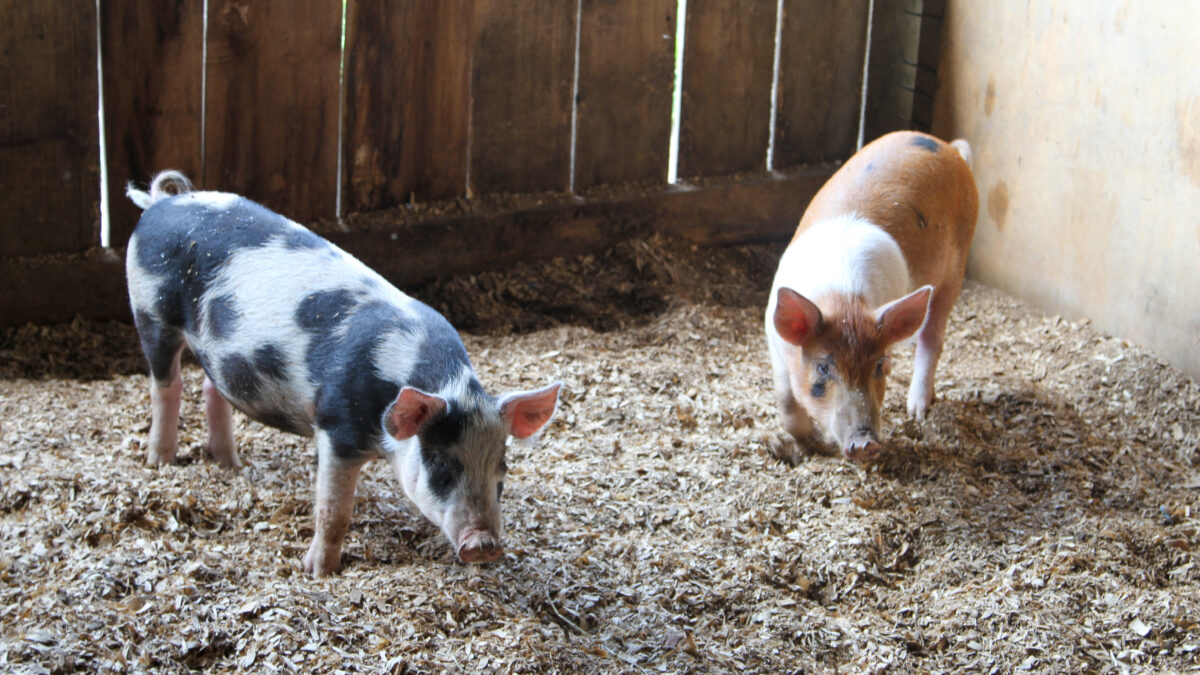Bacon Is Still Sexy in Food Service
AFBF Staff

photo credit: Alabama Farmers Federation, Used with Permission
Those watching the belly market received one more piece of insight in USDA’s Cold Storage report last week. Pork belly inventories have been more than 50 percent below a year ago since November of 2016. May marks the 10th consecutive month bellies in cold storage have been below 40 million pounds. This is the longest stretch below 40 million pounds since the cold storage report began in 1973. The second longest stretch was in 1977 for nine months. May also marked the beginning of a seasonal decline in inventory that typically starts in April/May, Figure 1. The markets reacted by adding another $3.84 per hundredweight on Friday to belly primal value.

Belly prices are reaching levels not seen since the height of the PEDv outbreak in 2014. The week ending June 23, 2017, added nearly $18 per hundredweight to the primal value, reaching $182.43. Friday’s price was the highest seen since April 2014, as shown in Figure 2.

This is impressive considering the large volume of hogs being harvested this year. May was up 8 percent from 2016 and year-to-date slaughter is 3 percent ahead of last year, with 1.7 million more animals. Bellies typically make up about 19 percent of the carcass cutout and bacon is a large portion of the belly. This would imply there is more bacon produced this year than last year, leading one to believe this price increase is consumption-driven. So where is all of this bacon going and who is eating it?
To a large extent, we are! Bacon is still a sizzling food trend that extends well beyond breakfast, sandwiches and burgers. It continues to be featured on donuts, ice cream, pizza and in sauces. To a lesser extent, bacon has seen a tiny bump in exports this year. Exporting bacon is a relatively small piece of the complex, but with stocks being as tight as they are, even this slight increase in exports is adding to the mix. The U.S. exported about 30,300 metric tons last year. The monthly data has shown a substantial increase on a percentage basis over early 2016 figures. January, February and April export data showed a 25 percent gain or more in volume, and year–to-date volumes have increased 21 percent over 2016, Figure 3.

There is also a bit of a lag in the retail sector. Consumers are still seeing relatively inexpensive product. Bacon featured today in stores was likely bought four to eight weeks ago. USDA’s Economic Research Service monthly retail meat prices, released June 14, 2017, indicate retail prices for sliced bacon are up only 3 percent in May compared to last year, while wholesale bellies have increased 23 percent. When this bacon was likely purchased, wholesale belly prices were much lower. March and April bellies were $136.45 and $118.16 per hundredweight compared to $129.43 in May. Some of the rapid rise in bellies has been attributed to retailers being caught short in face of increased demand, however, the shortness in inventory cannot be overlooked. Retail bacon prices will likely adjust in the coming months in response to the higher prices being paid in May and June.